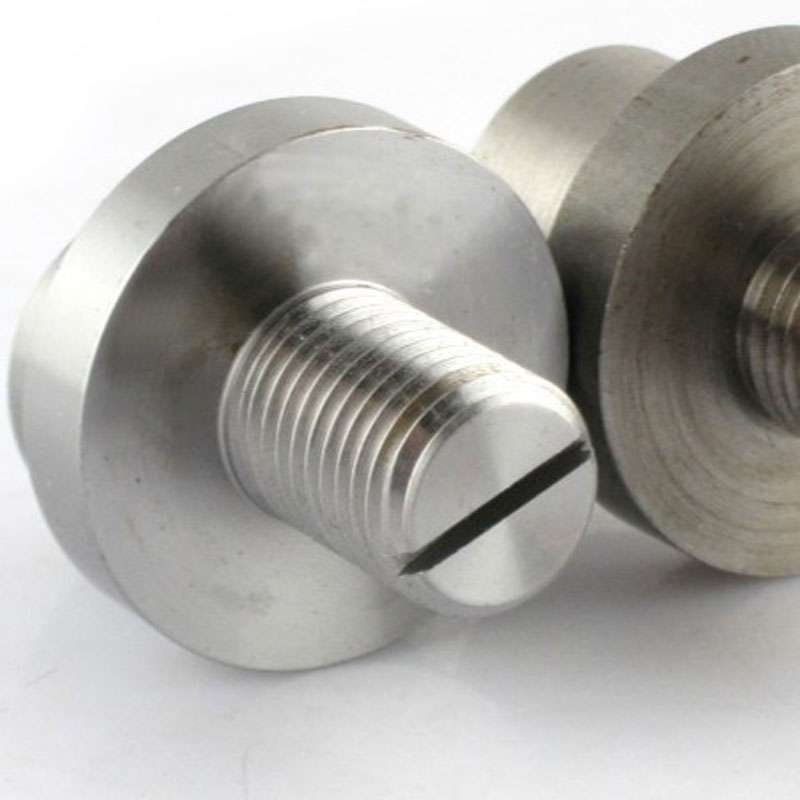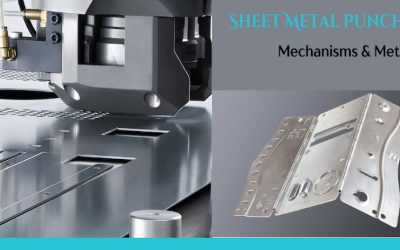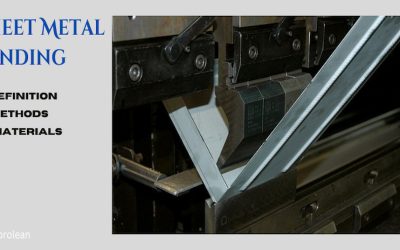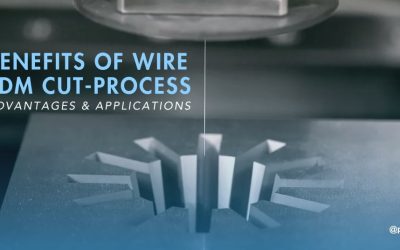CAPABILITIES
Aluminum die casting Service





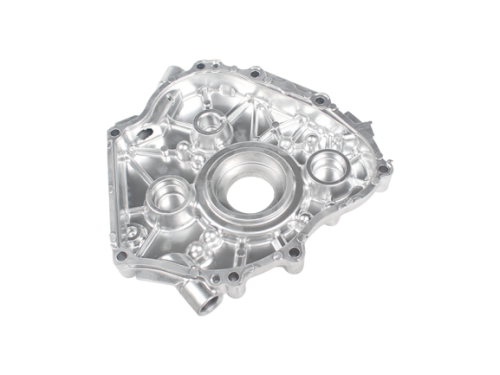
All uploads are secure and confidential.
Properties of Aluminum alloys Components
The most frequently used aluminum alloys for die casting are A380, 383, B390, A413, A360, and CC401; however, the Selection of the right one depends on the end-use application of the products. For example, A360 has excellent corrosion resistance, pressure tightness, and fluidity during the injection. B390 is ideal for casting automotive engine blocks due to its wear resistance, hardness, and lower ductility properties, The A380 is the ideal jack-of-all, with large properties that allow it to be used for a wide range of products.
- The 7000 series Aluminum alloys have tensile strengths of up to 700 MPa, making them stronger than steel and more than copper and steel in terms of strength-to-weight ratio.
- Aluminum die-casting components withstand static and dynamic loads due to their high elasticity properties.
- Its strength increases as the temperature drops, allowing it to withstand icy conditions.
- Aluminum alloys have high reflectivity, reflecting more than 80% of visible light.
Aluminum alloy components are Non-magnetic, electrical conductors, and non-toxic.
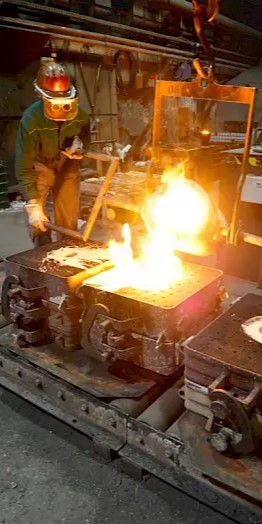
Try Prolean Now!
How to Order Parts?
Get a free quote from a real engineer; once we receive your design, our engineer will review it and send you a quote as fast as one hour.

Get A Quote Within 12 Hours
Upload your design or email our engineer directly and get your quotes as fast as one hour.

Start Production
Your parts will be made once your orders are confirmed. Besides, you will get real-time order updates of the production status from our order tracking system.

Receive Your Part
After all parts pass QC inspection, they will be well packed from transportation accidents. Then, your custom parts are delivered straight to your doorstep.
Energy industry
Aluminum die-casting is used extensively in the energy industry to produce power generation equipment, solar panel enclosures and bases, distribution components, and many more.
Automotive
Engine block made from die-casting
Vehicle parts include structural and functional components such as chassis, undercarriage, counter mounts, liner plugs, hoods, and other items.
Aircraft
Aircraft components must-have characteristics such as lightweight, high durability, high strength-to-weight ratio, and the capacity to endure extreme conditions. Aircraft structure, wings, skins, and cowls are all made from Aluminum die casting.
Agriculture
Tractors, equipment covers, pesticide tanks, and other agricultural Equipment are made from Aluminum die casting.
Military
Various components of artillery such as armor plates, trigger guards, Remington receivers, ships, and others
Industrial
Bearings, connecting rods, and pistons are examples of industrial Equipment.
Medical
Everything from beds to surgical instruments to diagnostic and treatment Equipment contains aluminum components.
What Materials Are Available For Die Casting?
| Aluminum Alloys | Magnesium Alloys | Zin | Other Die Casting Alloys | Plastics |
| 380 | AZ91D | Zamak 3 | Silicon Tombac | ABS |
| 390 | AM60 | Zamak 2 | Copper | PP |
| 413 | AS41B | Zamak 5 | lead | POM-M, POM-C |
| 443 | AE42 | Tin Alloy | PC | |
| 518 | Zinc-Aluminum alloys | PEEK |
Finishing Options For Die Casting Products
At Prolean, we understand that achieving the perfect finish on a machined part can make all the difference. Every project presents unique demands; perhaps a glossy sheen, a tactile texture, or even a resilient protective layer. With a commitment to craftsmanship, our team ensures that the resulting piece isn’t just functional, but also aesthetically in line with your aspirations. Delve further to discover the array of specialized finishing options we proudly present, curated to elevate the resilience, allure, and performance of each machined component.
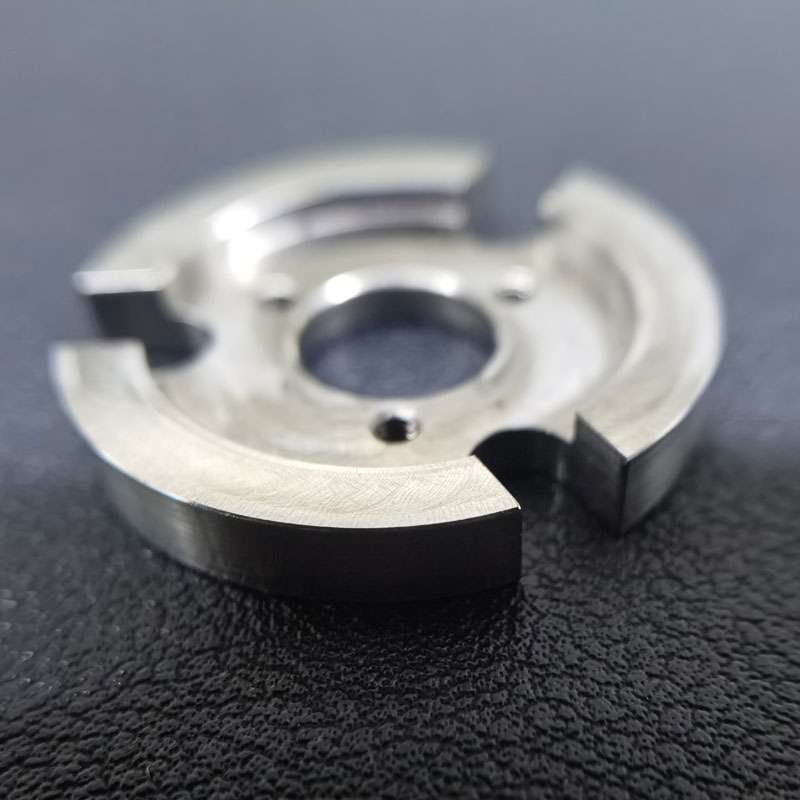
As the machined or deburring
The machined or deburring finish is the standard finish where unwanted attach chips are removed with deburring tools, and sharp edges are chamfered to smooth the surface (3.2 μm).
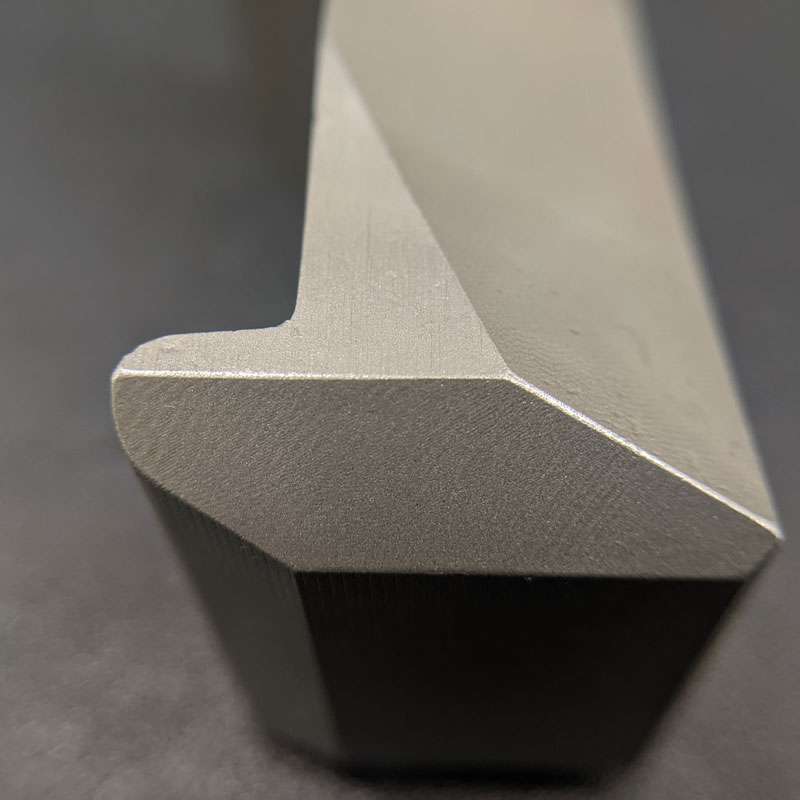
Bead Blasted
Bead blasting produces a matte texture, removing all the marks of machining tools. It applies to ABS, Aluminum, Brass, Stainless Steel, and Steel parts.
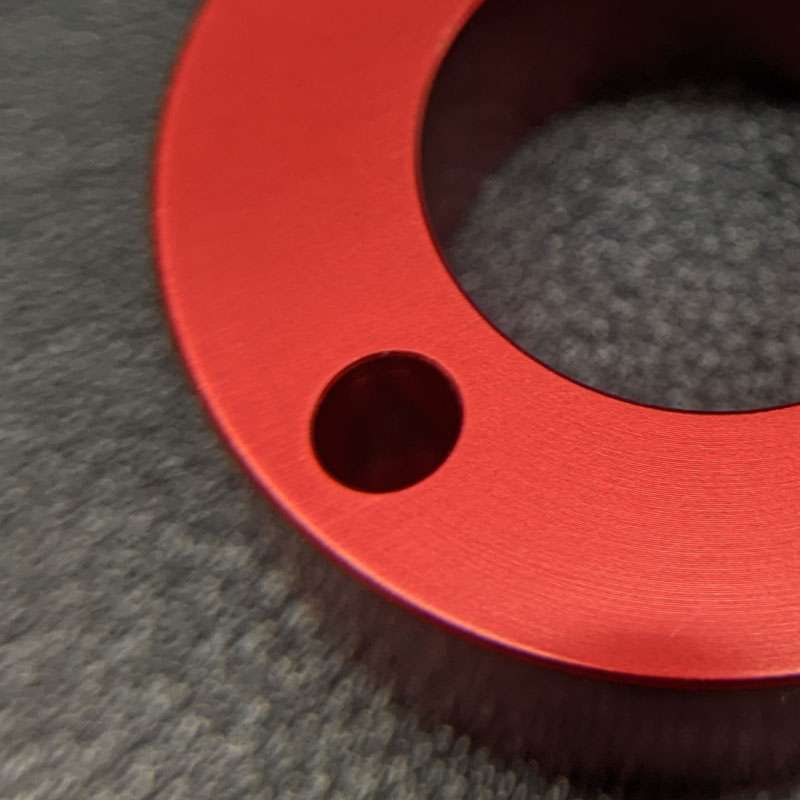
Anodizing
Anodizing involves adding an aluminum oxide coating to aluminum and its alloys. The layers, which come in various colors, increase strength and shield the surface from corrosion.
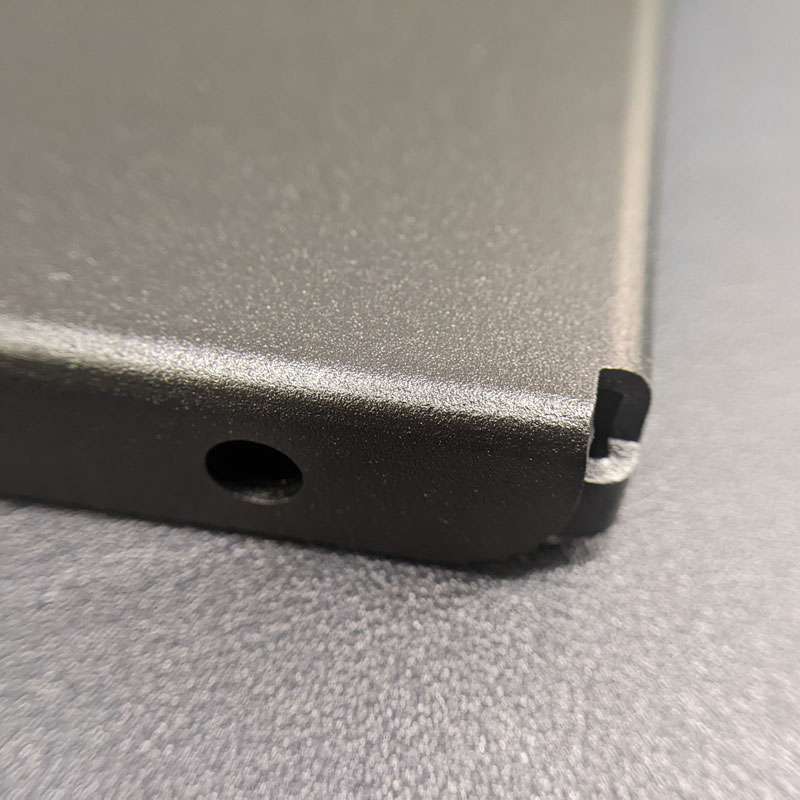
Powder coating
Powder coating is the electrostatically applying of dry powder to the surface. It produces a thin layer providing excellent resistance to wear, corrosion, and abrasion.

Polishing
Physical rubbing of a metal surface to create a shiny surface is called a polishing surface finish. It increases the reflectivity and does not affect the dimensional stability of parts.
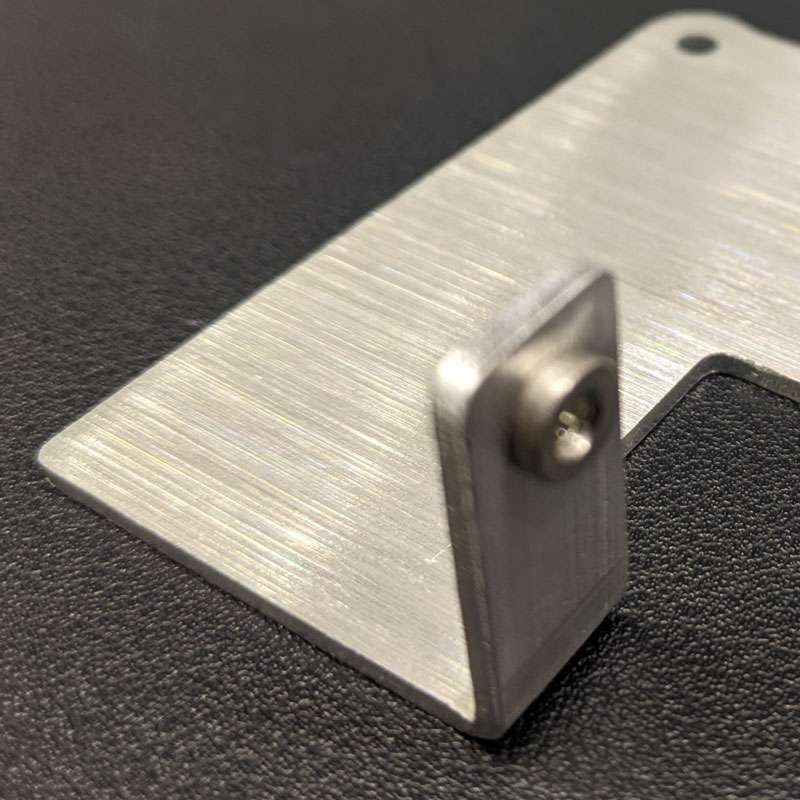
Brushing
Brushing is achieved by applying an abrasive brush to the metal surface, which produces a unidirectional satin finish. And it is not recommended for highly corrosive materials.
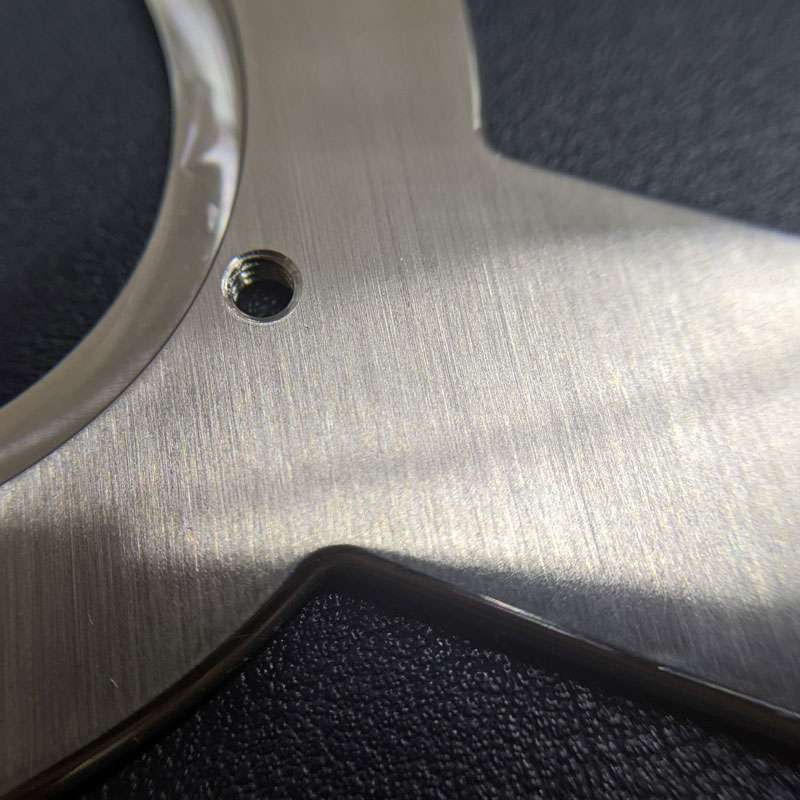
Smooth machining
Smooth machining is done by controlling the machining process, such as feed rate & cutting speed. It minimizes the tool marks and risk of corrosion.
Black-Oxide
Black oxide finish reduces surface reflectivity and offers mild corrosion protection. It involves adding a thin layer of magnetite to the surface.
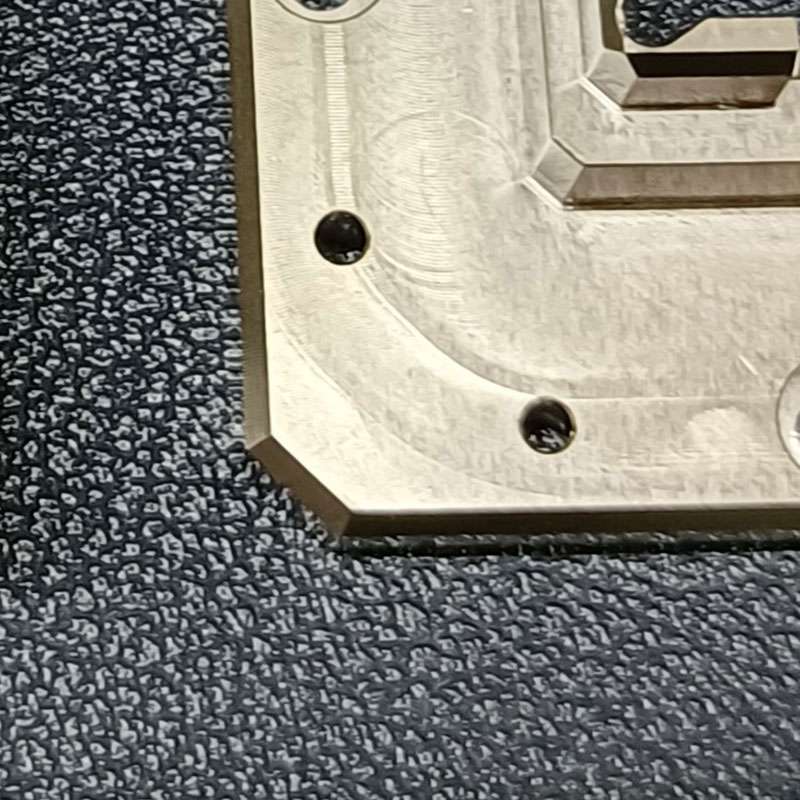
Electro-less Nickel Plating
A thin layer of Nickel is created on the surface from a nickel-containing solution without electrolysis. Electro-less nickel plating provides a shiny appearance, excellent hardness, abrasive, wear, and corrosion-resistance to the substrate material.

Alodine
Provides excellent corrosion resistance property to the aluminum parts with greenish-gold color. It is the low-cost and quick surface finishing approach.
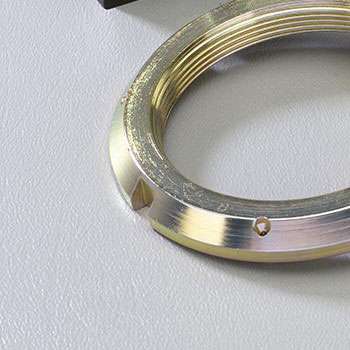
Electroplating
Electroplating increases the hardness of the steel &aluminum parts. It offers excellent corrosion, wears, and abrasion resistance.
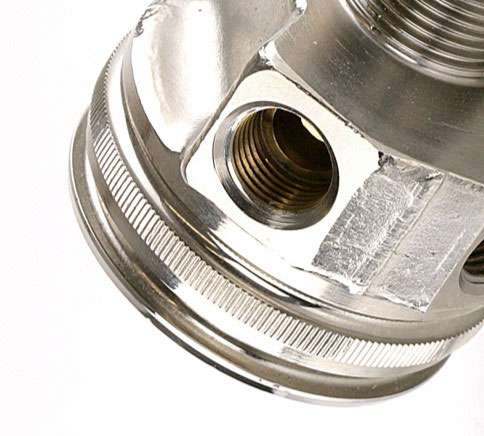
Nickel plating
Make the parts super resistive to corrosion. It enhances mechanical strength, hardness, wear resistance, lubricity, and ductility. Nickel plating is applicable in different materials, including Steel, aluminum, copper, and brass.
Passivation
Enhance the appearance and functionality of the parts. After Passivation, parts of Steel and its alloys become super resistive from corrosion.

Yellow Chromate conversion coating
A shiny appearance with goldish color provides excellent corrosion resistance. It is applied on the surface of aluminum, magnesium, and their alloys. A layer of chromate also enhances the conductivity of parts
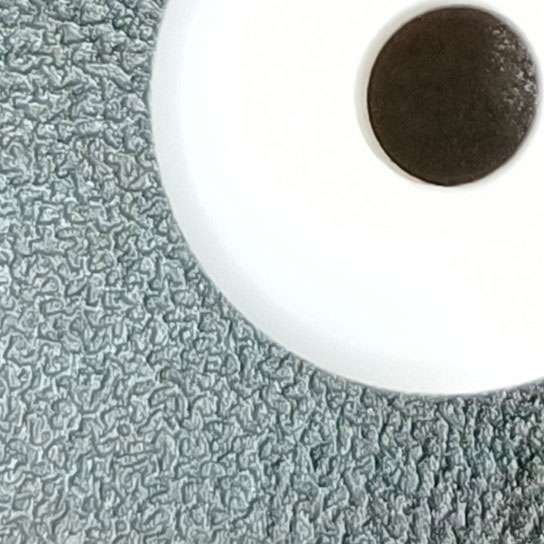
PTFE (Teflon) Coating
The Teflon layer on the parts offers excellent corrosion resistance, water resistance, and non-stickiness with a non-reactive surface.
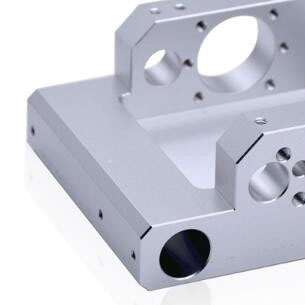
Fine machining
The higher-precision machines produce delicate machining surfaces by utilizing sharper tools and regulating feed rate and cutting speed. Surface roughness up to Ra 0.8 μm can be maintained with smooth machining.

Laser Cladding
Provides excellent corrosion, wear, and abrasion resistance. Laser Cladding is also effective for treating minor surface imperfections such as cavities, tiny cracks, and rust damage.
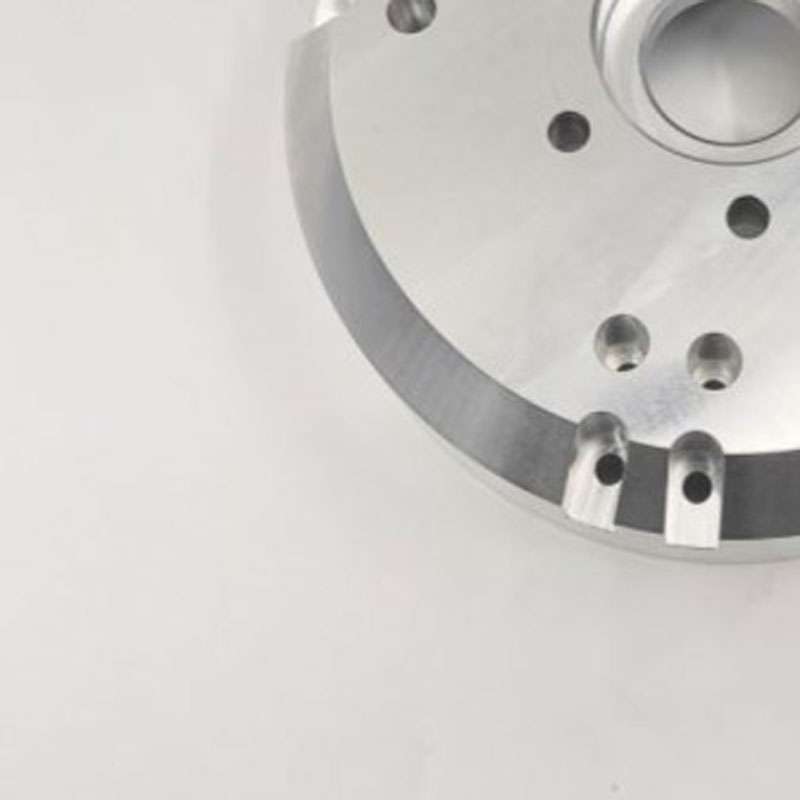
Sanding
Provides a random, non-linear texture with a shiny, high gloss finish. However, it might be unable to create sharp corners and pockets

More
Provides a random, non-linear texture with a shiny, high gloss finish. However, it might be unable to create sharp corners and pockets
3 Ways to Ensure Perfection
Standards
GENERAL TOLERANCE
For metals, the standard is ISO-2768 fH (fine)
For plastics, the standard is ISO-2768 mK (medium)
Metric threads tolerances:ISO 965-1 standard UN Threads Tolerances: ASME B1.1-2003 standard
knurling: ISO13444:2012 standard Our factory is ISO 9001:2015 certificated
Visual inspection and Protection
Constant visual inspection conditions
Quantification of cosmetic surface quality
Process requirements
Part cleaning and Protection
Quality Inspection Report
Inspection Confirmation
Dimensional confirmation
Appearance confirmation
Quality documentation
Try Prolean Now!
See why customers dig us
Yesterday, I received the parts for my musical instruments. These are incredibly consistent and accurate.
The delivery timing and quality of the CNC machining service amaze me. I would recommend Prolean with my other business friends too. Thank you!
-Ema Alves, Owner at Conserve the Sound
Prolean has been manufacturing numerous customized components for my metal-workshop machines for the past two years, and I have found that they are excellent with their CNC machining services.
I am delighted with the level of quality they offer and the precision of the customized machine parts.
-Mason Lucas, Purchasing manager at Alpha Manufacturing
ProLean has consistently provided me with excellent milling service using their 5-axis CNC machine. I've worked with many contract manufacturers, but other than ProLean, I've never found accurate tolerance on my parts.
We were able to satisfy our client's needs thanks to Prolean's prompt reaction. Additionally, I frequently found that their engineers are always willing to innovate creatively to deliver top-notch service.
-Tanesha Adesina, Technical manager at Bossard Technology
I needed a quick prototype for my research, but I had no idea that their CNC machines were so sophisticated and could produce it in just three days. The prototype was quite precise and fell within the tolerances of the CAD I provided.
Thumbs up! Not just selling, nothing else count for them; Service Service Service, first!
-Jason Barrett, Individual Mechanical Engineer
I have been collaborating with ProLean to produce PCB boards for our business For the last year. Continuous technical assistance and communication with the manufacturing.
Engineers and mechanics help us continuously satisfy our customers' expectations. I hope that this collaboration continues for a very long time.
-Rugen Thakur, Mechanical Engineer at Cipsa- Tech.
The heat sink was marvelous, within the critical tolerance, and the surface finish was excellent. The fan position, seal, and fin structure all performed as intended. I'll tell my friends and other electronics companies about your service.
I appreciate your exceptional communication and CNC-Machining service.
-Blake Henderson, Product Designer at MechaTronix,
It's challenging to describe the Prolean in a few words, but the three stand out: Fantastic, Amazing, and Perfect.
The best addition to our firm has been Prolean. With their cutting-edge 5-axis CNC machine, they are providing the service of replacing and installing new components in our pharmaceutical development industry with accuracy and cleanliness as their top concerns.
-Jose Gaonkar, Mechanical Engineer at Cadila Pharmaceuticals
I purchased several custom CNC-machined parts for mechanical tools from Prolean, and I want to remark that their quality and accuracy were far superior to those of some of the more prominent machine tool manufacturers.
Prolean's engineers could explain everything to me in a language I could comprehend, even though I am not a mechanist and may have asked the wrong questions.
-Evert Wagner, Product Designer at HYDAC Supplier
Latest Blog
Sheet Metal Punching: Mechanisms & Methods
Sheet Metal punching in-depth, including mechanism, design tips, punching methods, etc.
Sheet Metal Bending: Definition, Methods, and Materials
Different aspects of sheet metal bending, working mechanism, methods, and more.
Benefits of Wire EDM Cut-Process, Advantages & Applications
Wire EDM machine defines its use for exceptional ability to create thin-detailed parts.
Get Your Parts Made Today


